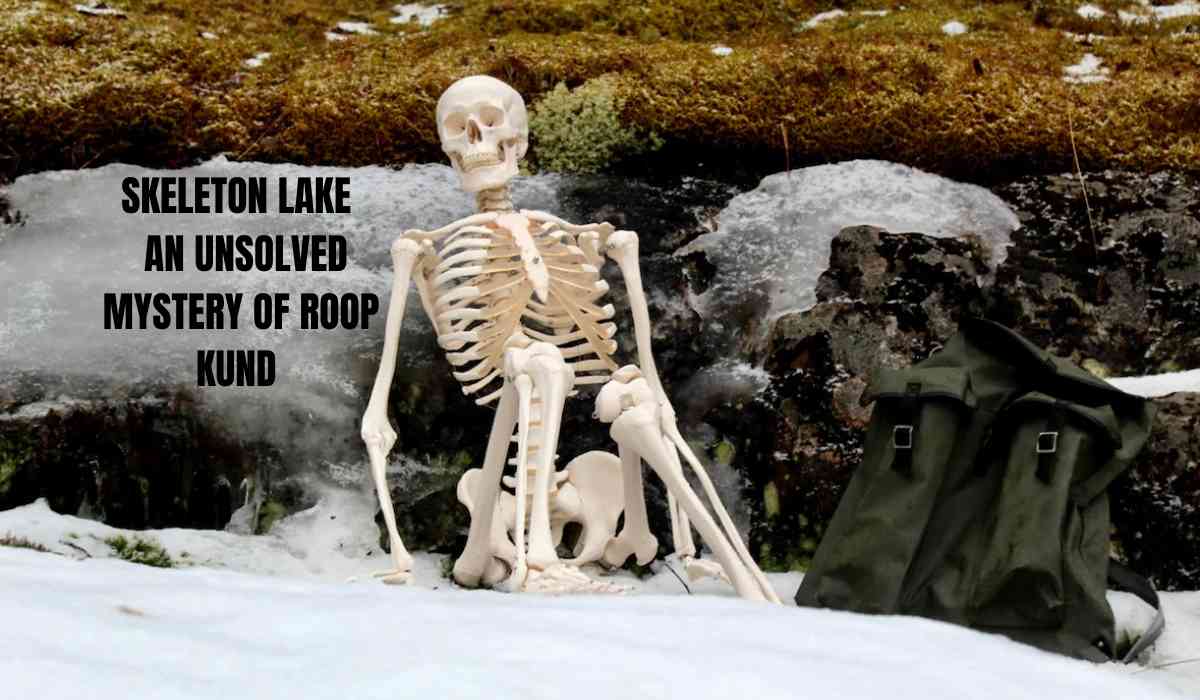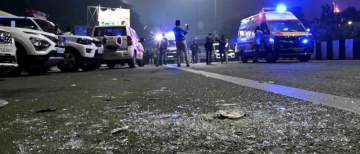The Skeleton Lake of Roopkund, India:
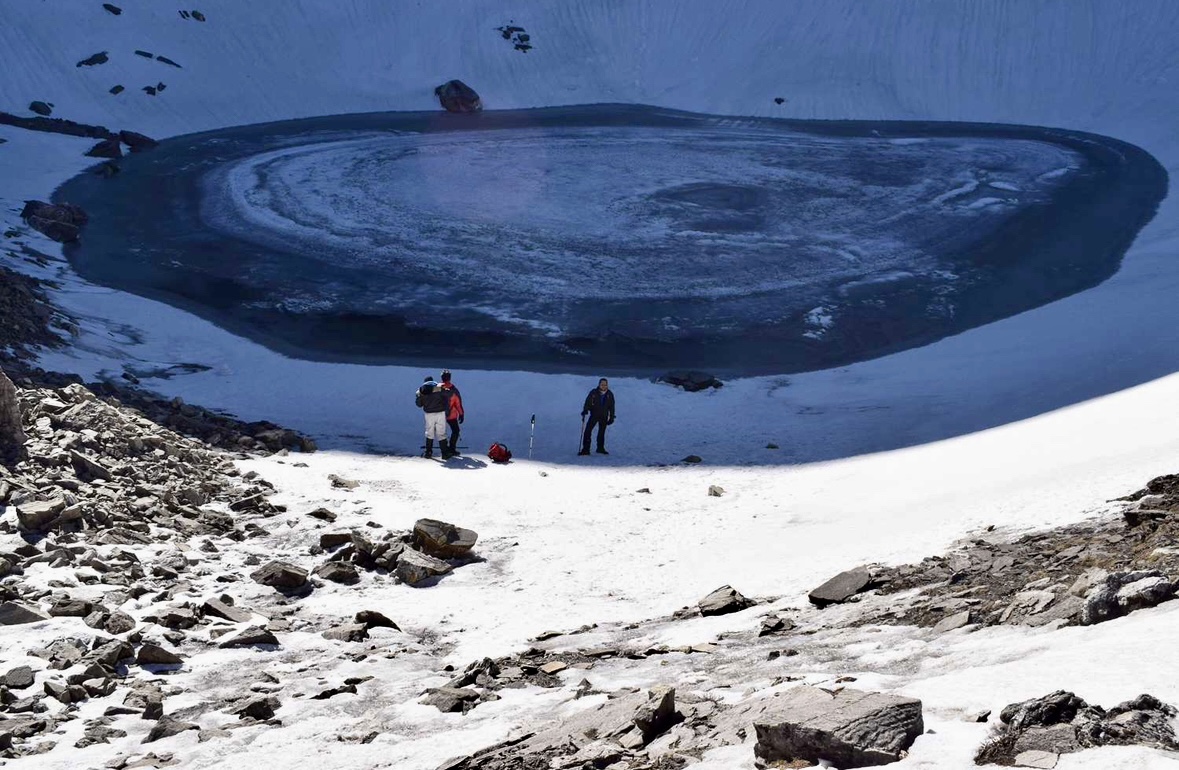
Lake Roopkund in Uttarakhand, also known as Skeletons Lake, is a high-altitude glacial lake. Lake Nanda Devi is in the Garhwal Himalayas at an elevation of 16,470 feet. Spiritual lake with an undiscovered skeleton. The high altitude and harsh environment of Roopkund Lake make it unsuitable for human habitation. Visitors are drawn to the lake by the surrounding snow-capped mountains, such as Nanda Ghunti, Neelkanth, Gangotri, and Trishul. Popular among hikers due to its picturesque landscape and entrancing ambience.
The discovery of a human skeleton in Roopkund Lake in 1942 sparked a mystery. Seemed like the bodies of Japanese troops who had died during the war. After further investigation, it was determined that the skeletons belonged to both pilgrims and locals and dated back to roughly 850 AD. The Kanauj king, his queen, and their entire court allegedly perished in a lightning strike while visiting Nanda Devi.
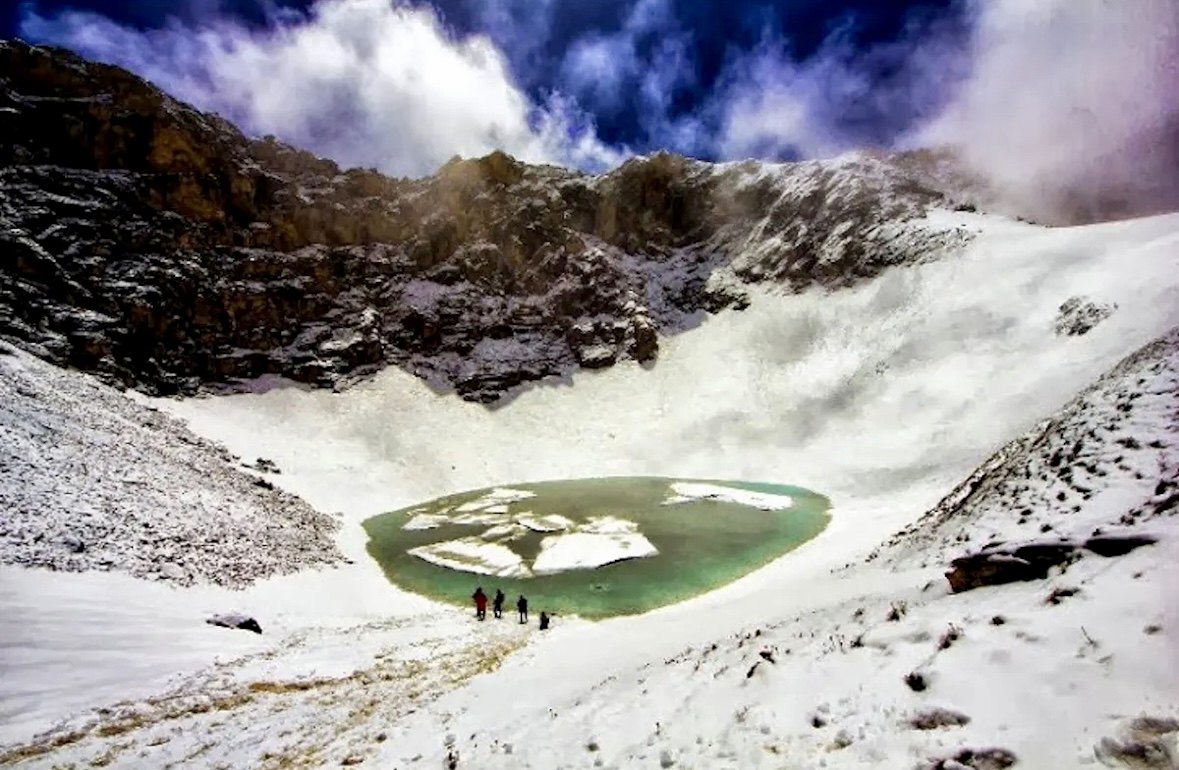
These antiquated ruins enhanced the beauty of Roopkund Lake. Hikers and pilgrims frequent the two-metre-deep lake. Trekkers like the eerie atmosphere and beautiful landscapes. Tourists pay homage to Goddess Nanda in Roopkund. Hundreds of visitors visit Roopkund to pay their respects to the stunning Nanda Devi Raj Jat once every twelve years. Visitors can't get enough of Roopkund Lake's mysterious skeletons and breathtaking scenery. Hikers and pilgrims are drawn to the area because of its great elevation, snow-covered peaks, and religious and cultural significance.
Riddle of Roopkund Lake:
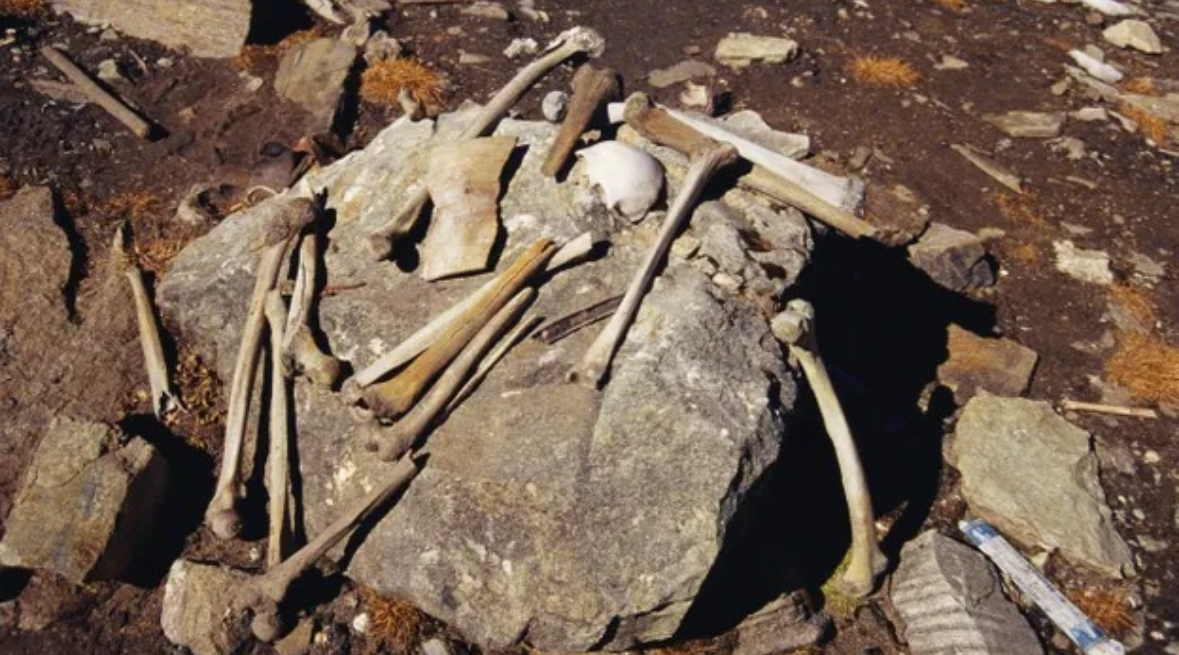
The discovery of nearly 500 bones on the shores of Roopkund Lake in the Himalayas has cast a pall of mystery over the area. Despite the lake's fame, nobody knows where these bones came from. The skeletons are exposed with the annual thawing of the frozen lake, but their history is never discovered. Skeletons may have been brought to the valley by those seeking the 'keeda jadi' mystical mushrooms, according to one idea.
The therapeutic powers of these springtime caterpillar fungi have made them a hot commodity in the valley. It's possible that a natural disaster, like a severe hailstorm, left these folks outdoors with nowhere to take cover. There's also the possibility that the skulls belonged to General Zorawar Singh and his forces in Kashmir. Some believe they returned from the 1841 Battle of Tibet only to become disoriented in the treacherous Himalayan climate and perish. Radiocarbon dating, however, has shown that these skeletons are actually far older than previously thought. Skeleton Lake has intrigued historians, anthropologists, and archaeologists, who have worked relentlessly to uncover its secrets.
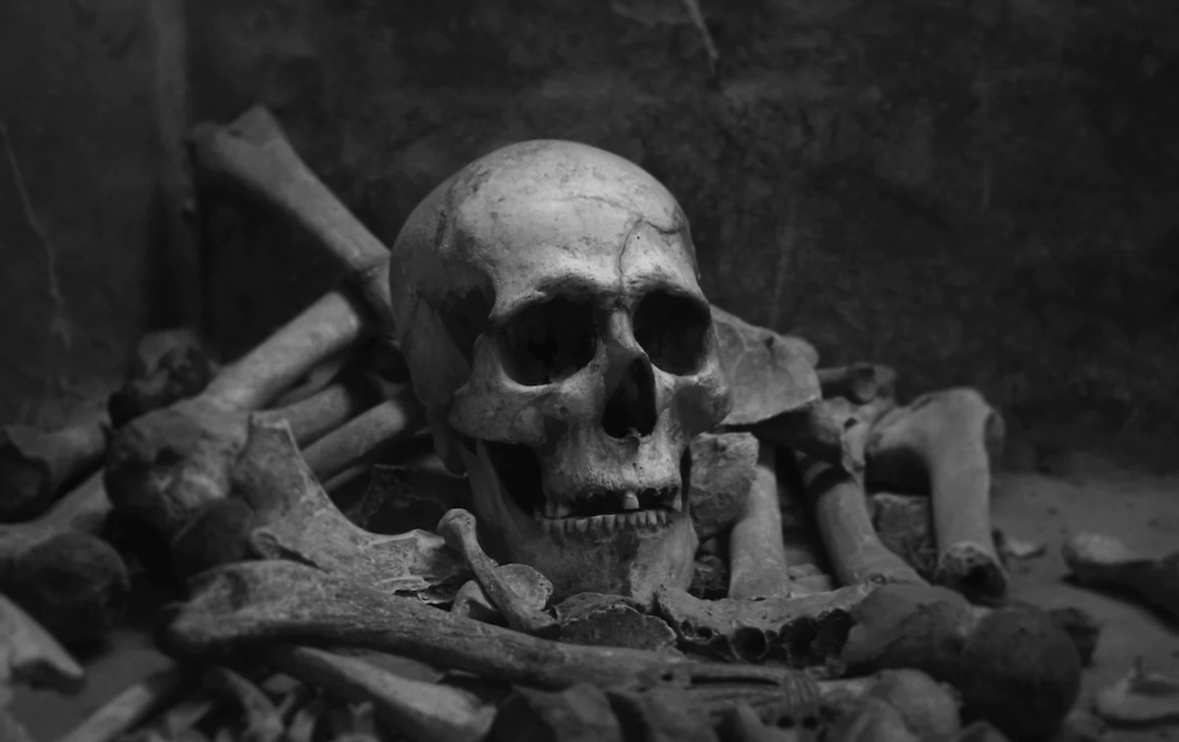
Still, despite their best efforts, they have been unable to uncover the truth about what happened at Roopkund Lake. The passing of the years has only added to the mystery's fascination for hikers and fans. The mystery surrounding the lake's depths is what draws so many to the Himalayas. The mystery of Roopkund Lake, however, will not be solved until further evidence becomes available.
What possibly occurred?
Near Roopkund Lake, Indian researchers found the bodies of locals and tourists who had perished in a hailstorm. The bones belonged to two separate populations, one indigenous to Maharashtra and the other to the Himalayan hill tribes. Hail or ice balls the size of cricket balls falling from the sky would have delivered a lethal blow to the back of the head. One theory suggests the taller, related tribe paid locals to help them traverse the mountains.
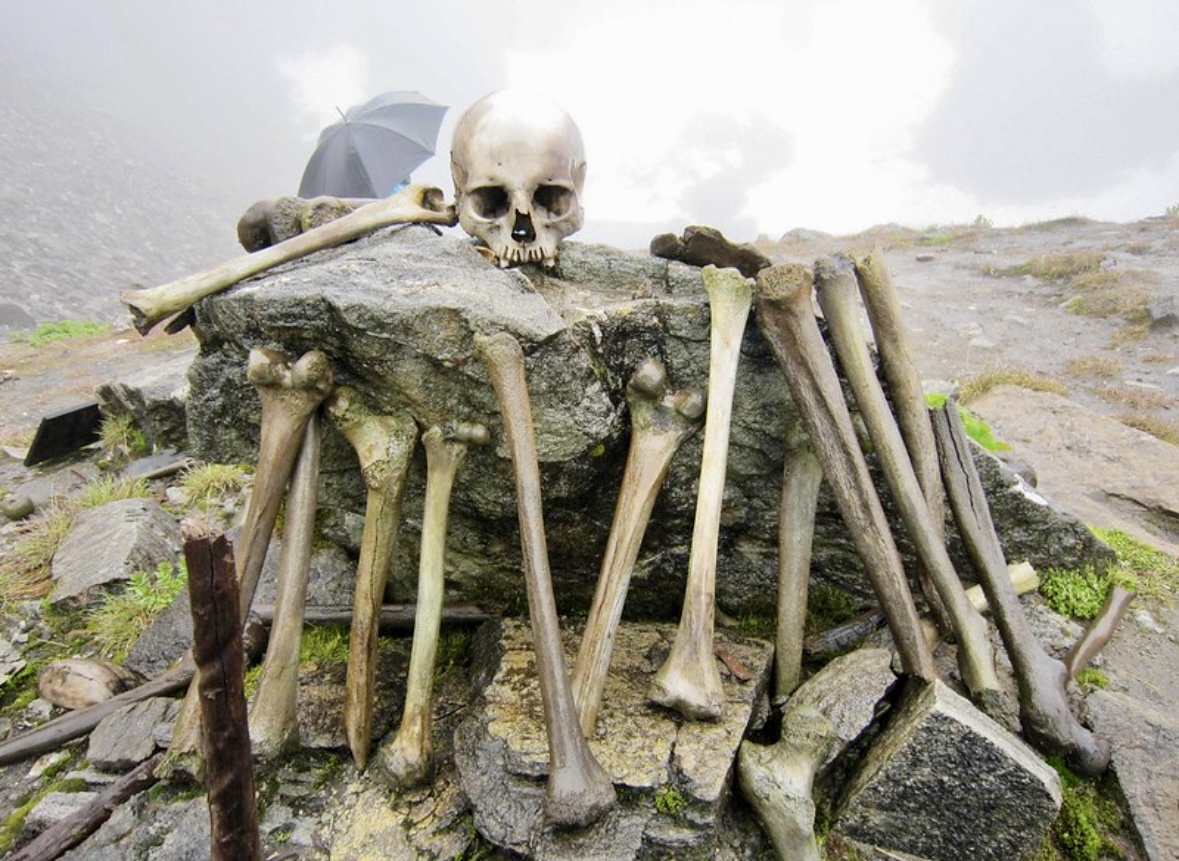
These two parties allegedly met at the base of the mountain and set out together, but as they were climbing, hail struck them, killing them. Findings of Indian, Southeast Asian, and Greek human bones near Roopkund Lake date the area's occupation to at least a thousand years ago. The mystery and controversy surrounding Roopkund Lake continue to this day. Kathleen Morrison, an anthropology professor, is sceptical of the estimates and provenance of the specimens. She speculates that Mediterranean ancestry could account for her picture of a Hellenic kingdom in India.
Many people have their own opinions and suspicions about what happened. Roopkund Lake is mysterious, yet its beauty and tranquilly make it worth the visit. The path to the lake takes you via waterfalls, rhododendron and oak groves, and picturesque peaks. Nature and quiet help us relax.
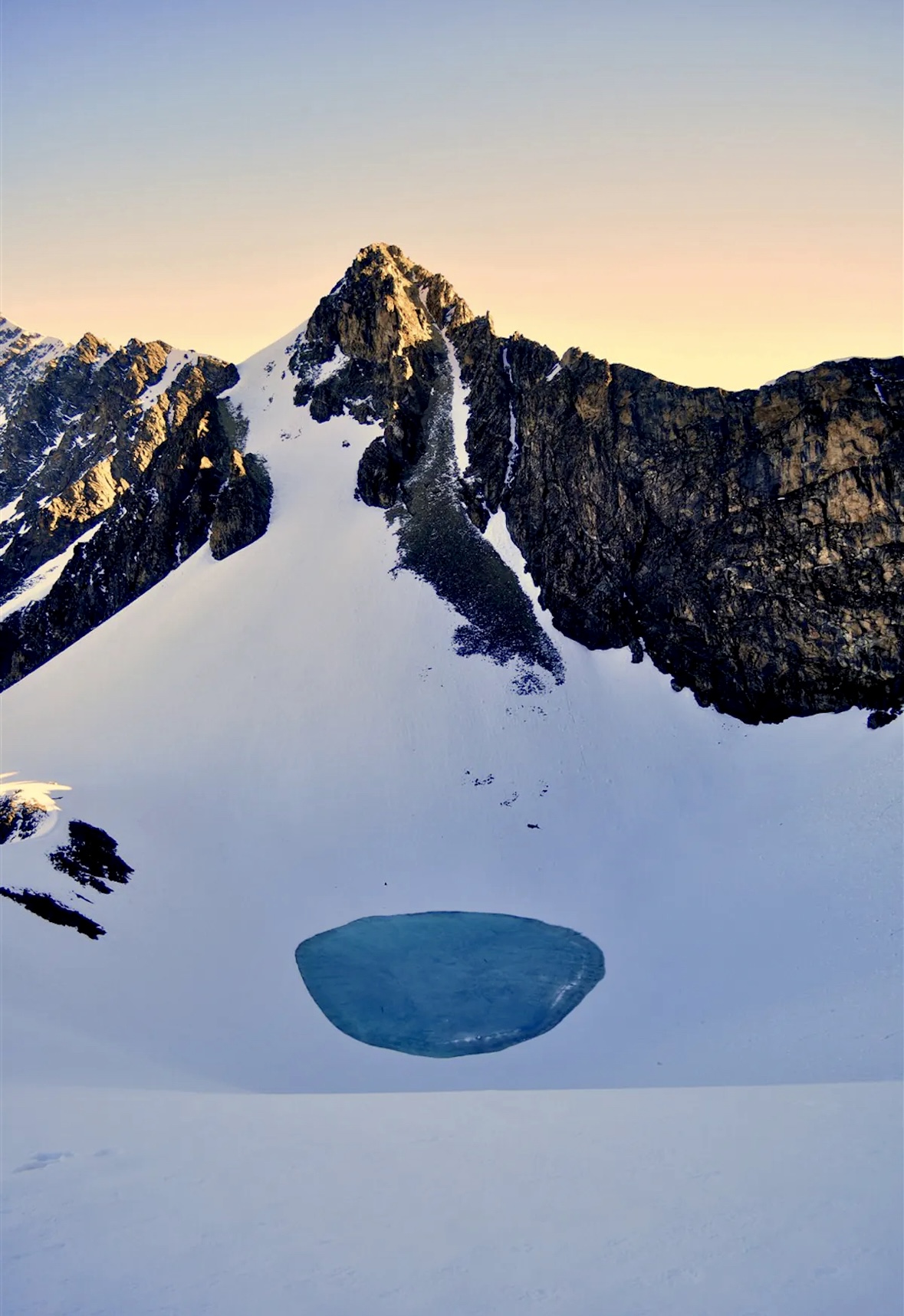
The view of the snow-capped mountains, the vast blue sky, and the crisp air from the lake is breathtaking. Amazing scenery with sky-touching peaks, lush meadows, and animals awaits you on the Roopkund Lake hike. Travelling over the Himalayas is the best way to take in their breathtaking scenery. Tourists can enjoy the beautiful environment and speculate about Roopkund Lake, but the mystery of the skeletons will remain unsolved.
The Perfect Time to Visit Roopkund
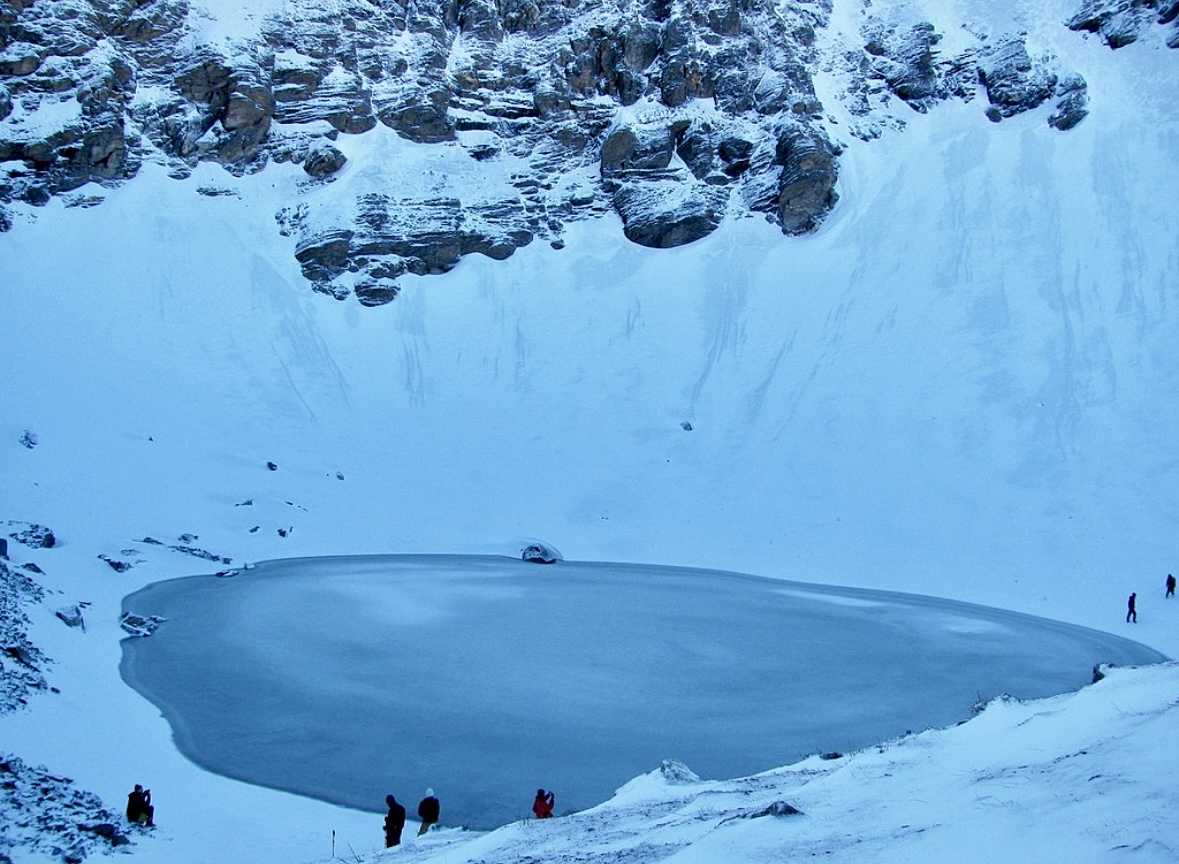
Roopkund is a popular journey in India, although it's only possible during certain months because of the severe weather. The twin meadows of Ali and Bedni are at their most beautiful in June, making this time of year the best for visitors to the region. When the weather is mild and the skies are clear, late August through early October is another great time to go hiking. The mystery of Roopkund Lake, however, is the lake's primary draw. Visitors to the lake have always been intrigued and sometimes captivated by the skeleton remains they find there. The Roopkund Lake bodies and skeletons can be seen by those who undertake this walk.
© Copyright 2023. All Rights Reserved Powered by Vygr Media.

